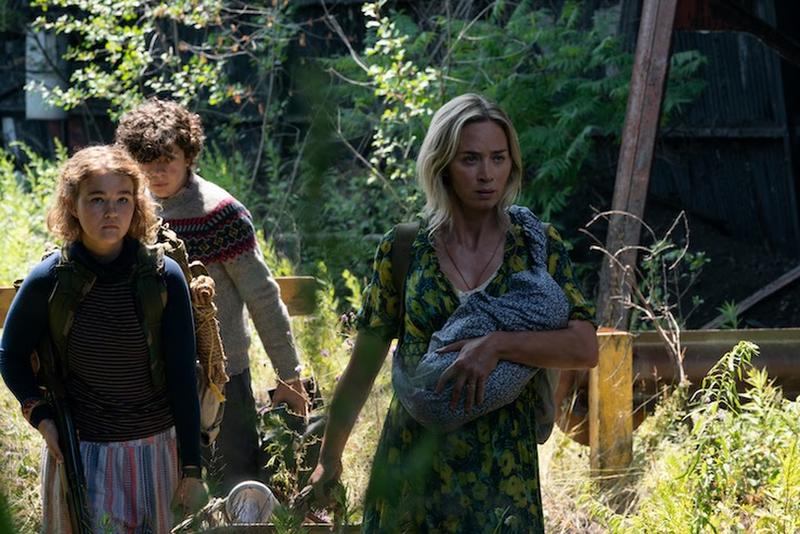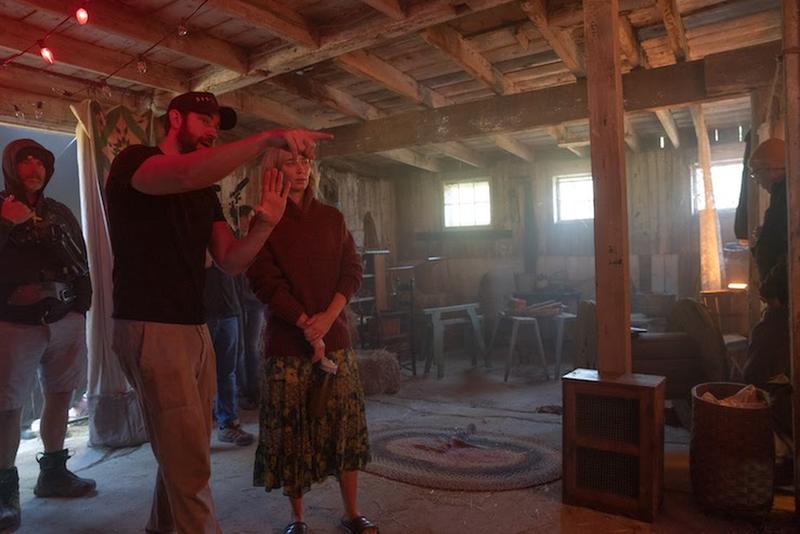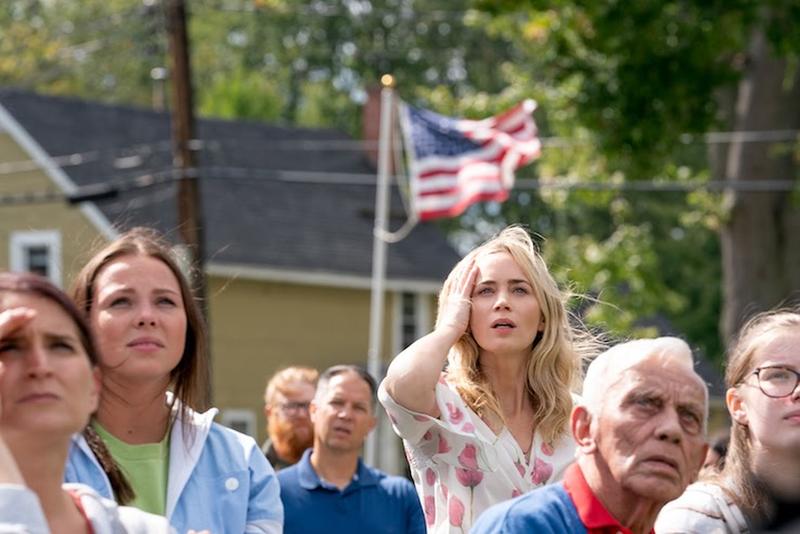
Rating: 7/10
I was supposed to catch a press screening of A Quiet Place Part II, John Krasinski’s second installment about a family of survivors in a post-apocalyptic world hunted by blind monsters, in March of last year.
But just a few days before the screening was scheduled to take place, California, along with most of the country, adopted shelter-in-place orders and everything was put on hold. It seems almost fitting that this horror sequel is the first movie I’ve seen in a movie theater more than 14 months later.
A Quiet Place Part II opens exclusively in theaters on May 28. And the big screen is the way it should be seen. Let me add though that I attended a screening with very limited capacity and mandatory masking. I’m also fully vaccinated.
I saw the movie screened with Dolby Vision video technology and Dolby Atmos surround sound; perhaps it was that I had been cinema-deprived, but I felt it made a difference. The room was pitch dark and the silences and minor sounds played in a way that’s impossible to emulate at home even with a big TV and top-notch sound system.
A Family Affair

It’s not a spoiler to tell you that Krasinski, who writes and directs this film, also briefly returns in front of the camera. We see his character, small-town father and husband Lee Abbott, with the rest of his family when the monsters first arrive on Earth and start wreaking havoc. Aside from that flashback, the movie mainly takes place right after the ending of the previous one. Lee is gone and his wife, Evelyn Abbott (Krasinski’s real-life wife Emily Blunt), gathers teenage daughter Regan (Millicent Simmonds), son Marcus (Noah Jupe) and the newborn baby and gets a move on after their home has been destroyed.
In the previous installment, we learned that the Abbotts are specially equipped to deal with these acute, sound-sensitive monsters because they communicate in sign language. They also all walk barefoot, sometimes to painful consequences — the sequence of the sharp nail on the basement’s stairs is referenced in the sequel and there are other winks to the first movie scattered throughout Part II.
Krasinski’s camera gets close up on the family’s dirty and even bloodied feet often and shows us just how softly the Abbotts must walk. They’re quiet moments where you can hear everything: the soil being pressed down by their feet, the cracking of the dead leaves. Silence can be a very uncomfortable thing in a movie theater, especially when it’s sustained for long periods. It accentuates the feeling of knowing that danger is lurking at every moment, with every false step or split of a branch.
I was at the edge of my seat for the first half of the movie, in a mixture of angst and need to know what would happen next. The movie is shot without Krasinski getting in the way visually; all the complex elaboration is reserved for the sound design. But the director uses darkness wisely, which only amplifies the value of watching his work in a pitch-black room.
On the one hand, I felt this was the perfect fit as my first movie theater outing. A Quiet Place Part II lends itself perfectly to the big screen experience. On the other hand, the movie — which was shot and initially set for release before COVID-19 hit — almost seems to parallel the situation we’re living in at times. The movie opens with the eerie shot of a completely empty street. Cillian Murphy, who plays a new character, dons a bandana covering his nose and mouth. He’s trying to disguise his appearance but you’ll no doubt think about it as a means of protection from airborne particles. And the whole time you can’t help but think these people were living a perfectly good life until something they didn’t see coming halted everything.
Our world too was shaken by an event we didn’t see coming, but the movie underscores all the things we got to keep: our homes, the possibility of listening to music and laughing out loud.
A Sequel That Doesn’t Feel Forced

I’ve been a bit impatient with the ever-changing calendar of movie releases and postponed titles. But after watching A Quiet Place Part II, I realized it made sense not to release it directly on streaming. It’s not always the case. If there’s anything we’re starting to learn with this pandemic it’s that there are movies that can be enjoyed perfectly at home. Others are designed for the big screen.
I also haven’t always been satisfied with Hollywood’s need for prequels, sequels and remakes. But Part II didn’t feel like a case of sequelitis. The plot keeps advancing. The family’s situation is dire. There are new characters that don’t feel shoe-horned in. But mainly Regan and Marcus are much more mature and more instrumental to the family’s survival than they were in the first movie. Krasinski makes a point of having the viewer experience reality through the auditive perspective of Regan, who is deaf. There’s even a sequence in absolute silence because she no longer has her hearing aids. It’s a moment that gets your heart thumping alongside the character’s.
I can see Simmonds’ character playing an even bigger role in the franchise. Blunt has hinted at the fact that there’s room for a third movie. From a storytelling point of view, I don’t think it would feel like a stretch.
My only complaint about A Quiet Place Part II is Krasinski’s strive to write and direct a very symmetric movie. A part of the second act and the third act include different characters in different places but living out situations that are almost synchronized. That need for symmetric structure — while very good on the page — can feel forced on the screen, especially while sustained for such a long part of the film.
But I thoroughly enjoyed being back at the movies with this title. It justified enduring the mild anxiety I felt getting back to what my normal life used to be.






